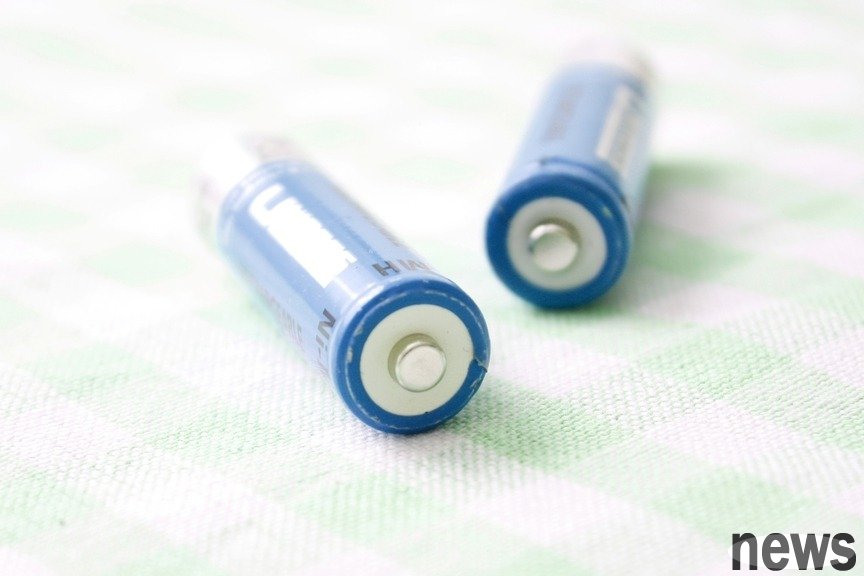Do not store household items equally. If they are stacked incorrectly, there is a risk of damage or even danger. When handling the following six commonly used items, experts remind you not to make common mistakes. 1. Batteries "Organization&quo...

Do not store household items equally. If they are stacked incorrectly, there is a risk of damage or even danger. When handling the following six commonly used items, experts remind you not to make common mistakes.
1. Batteries"Organization" expert Sarah Schier said that many people throw batteries into drawers casually. If there are metal products such as keys, copper plates, paper clips, etc. next to them, problems will occur sooner or later. "Many people don't know that if batteries are placed like this, they will short-circuit and leak, especially when they touch metal or each other." Batteries are also dangerous when placed near heat sources.
{9 99} 2. Flammable chemicalsMoving consultant and storage expert Stevens-Hibno (Marty Stevens-Heebner warns everyone that flammable substances such as pesticides, paints, gasoline, and detergents must not be stored in very hot places, such as garages and attics. "They should be stored in well-ventilated areas to avoid gas concentration, which may cause ignition or fire reactions."
Flammable chemicals should be stored separately to avoid cross-induction that could lead to disasters. For example, if they are too close to bleach or hydrogen peroxide, they may not only catch fire, but may also explode. Vinegar cannot be placed together with bleaching powder to avoid the production of chlorine gas, which is deadly and highly poisonous.
3. PaperI bought a large package of toilet paper, paper towels, etc. while on sale. What should I do with it? Siya said that they should never be piled in the garage or basement. She has seen many situations where paper towels, toilet paper, and paper towels have become damp or infested by insects. She suggested that paper products should be sealed in plastic bags to avoid mold, dust, and insect bites.
4. Fruits and vegetablesSome fruits and vegetables are incompatible and cannot be put together. For example, onions and potatoes will produce moisture and gas that will accelerate the decay of each other. Stevens-Hibnow recommends not placing apples, bananas, pears, and tomatoes next to cauliflower, green leafy vegetables, cucumbers, and bell peppers, because the ethylene released by fruits is the most taboo thing for these vegetables, and it will spoil quickly upon contact.
5. Developed photosPrecious family and personal images are irreplaceable memories and must be stored in a heat- and moisture-proof manner. If placed in the attic or garage, they may deform, twist, and stick together. Siya recommends processing files, sorting them in photo albums, packaging them, and placing them in a cool and ventilated place - consider cabinets, wardrobes, and storage drawers under the bed, but be sure to stay away from heaters or vents.
6. Pet foodIf pet food is not put away properly, be careful of attracting insects or other "pests". Siya said that many people put cat and dog food in the garage or laundry room. If it is not sealed properly, it will not only break easily, but also attract ants, moths, and even mice. In rural areas, it is possible to attract venomous snakes and beasts. It is best to package pet food in tight containers to keep it fresh and prevent pests.